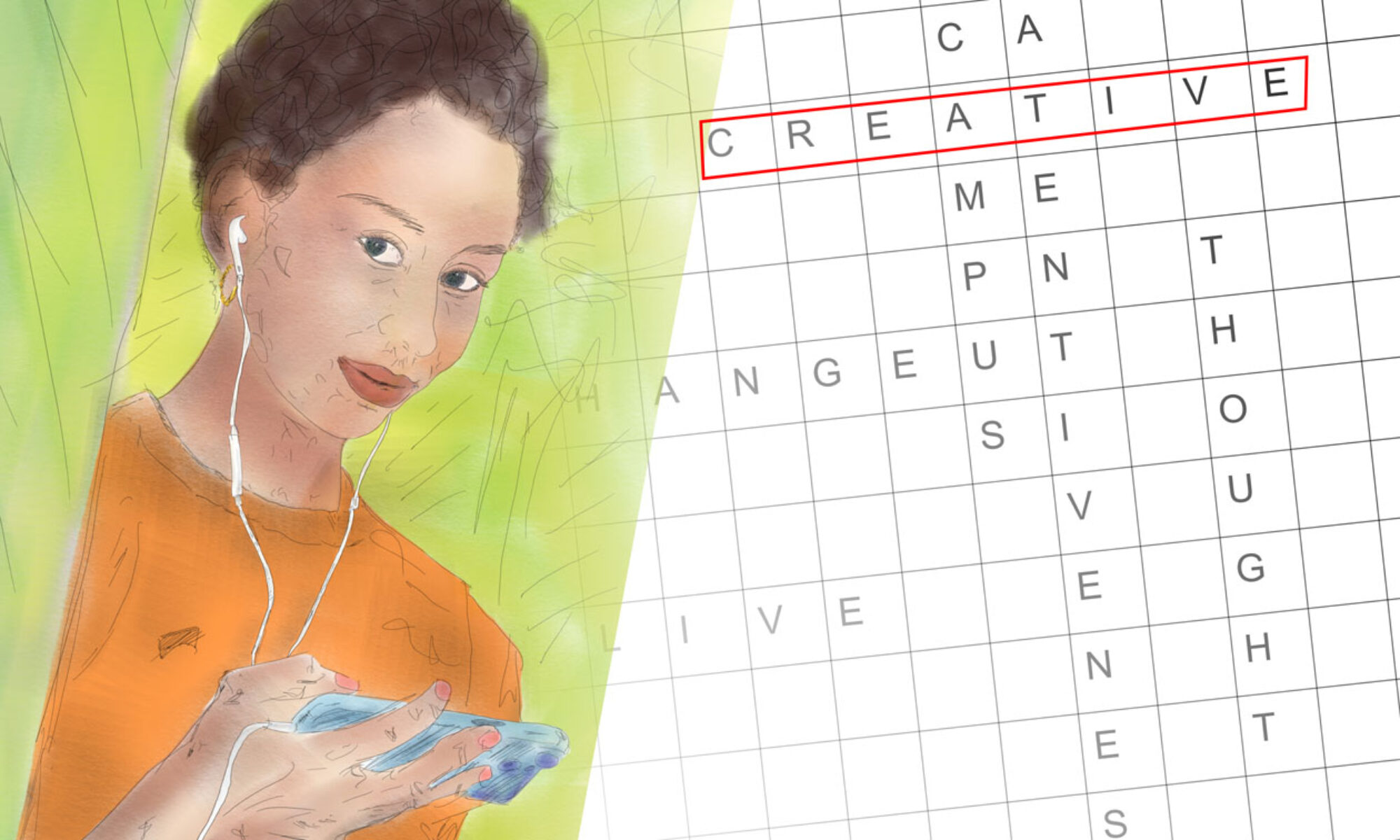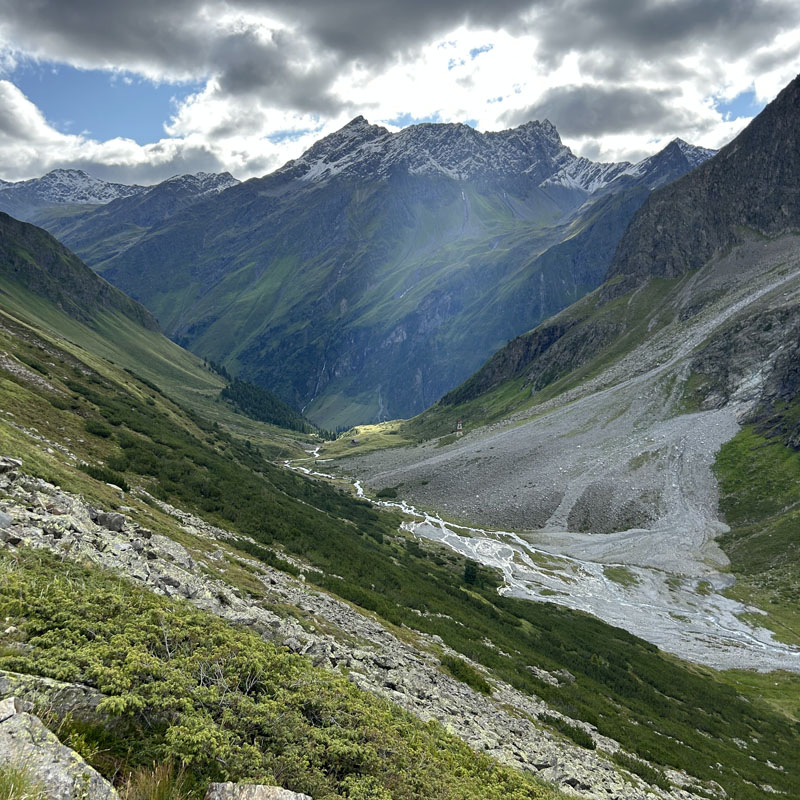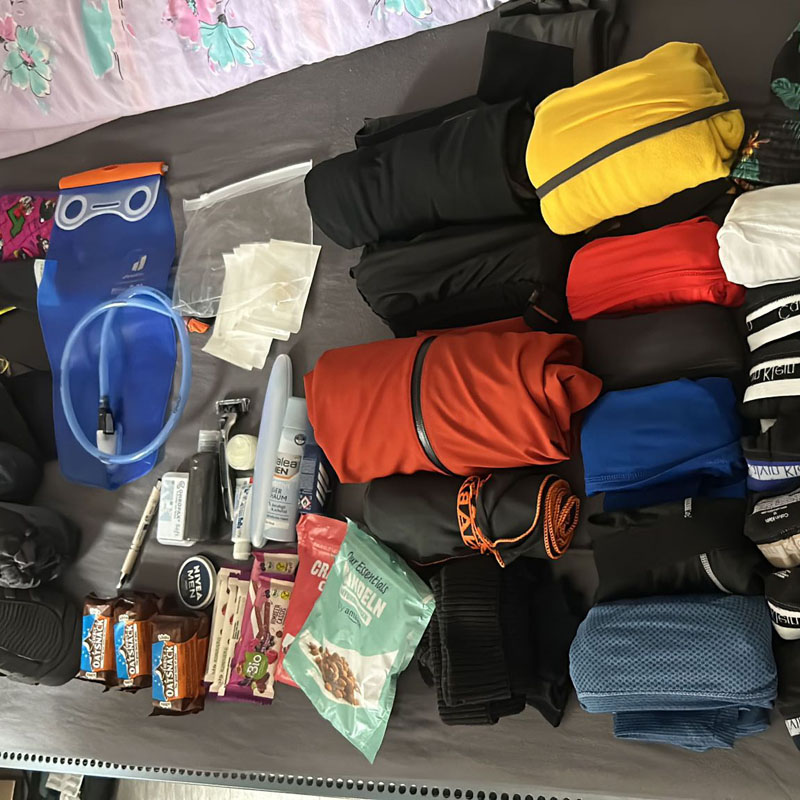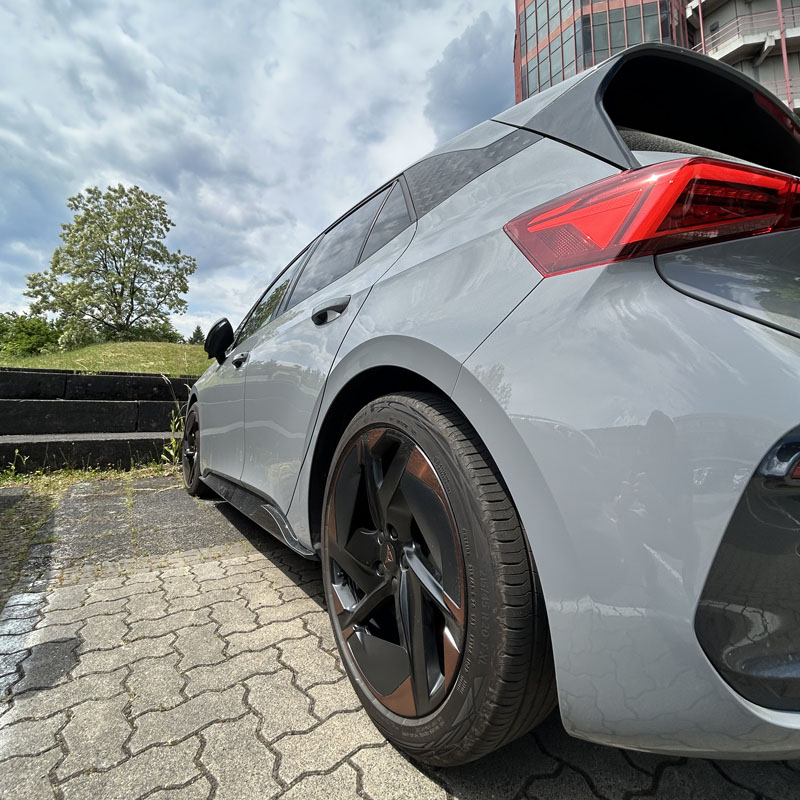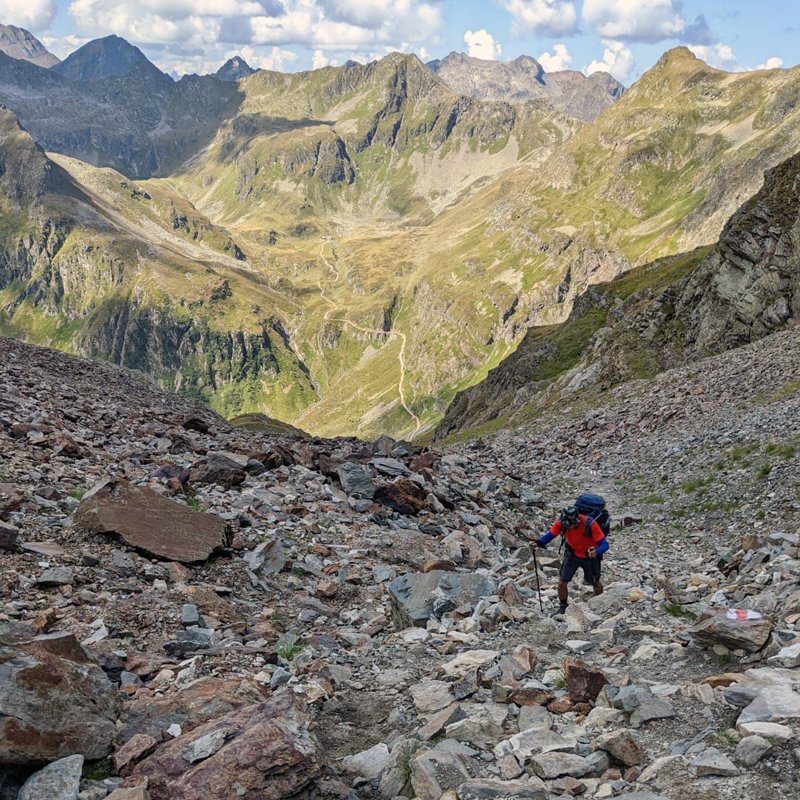… breathe deeply in and out. Whether during sports, in stressful situations or in everyday life. Our breathing regulates our well-being. Especially in hectic situations. During my volleyball practive, I notice that after strenuous plays or frustrating situations, my breathing becomes irregular and hectic. The mindset AOB (Awareness Of Breath), I learned from an American volleyball player, helped me alot. 10 seconds of deep breathing in and out to reboot the complete body and mind.
In the coming posts, I will share with you some relaxation techniques to complete my stress series.
Breathing meditation (3 to 15 minutes)
- Take a relaxed seat
- Set a comfortable alarm
- Close your eyes and surrender your body completely to the chair.
- Realize that the next few minutes are all yours and that you can take the time with a clear conscience.
- Notice the sounds without judgment.
- Afterwards watch your thoughts for a few moments, also without judgment
- Now direct your attention to your breathing. Find your personal rhythm. Breathe without effort. You don’t have to do anything, just be aware of your breath.
- At the wake-up sound stretch and yawn once extensively.

